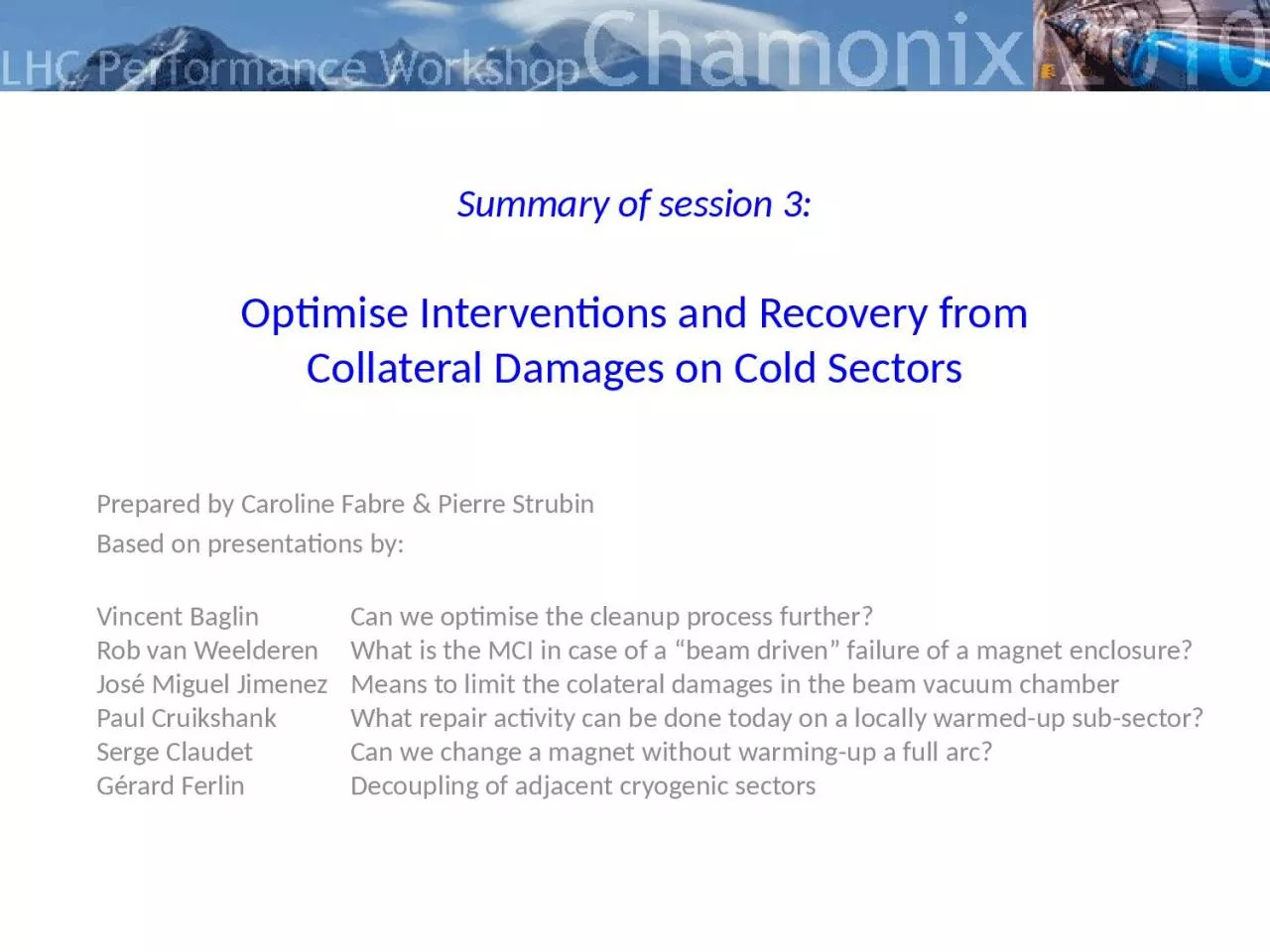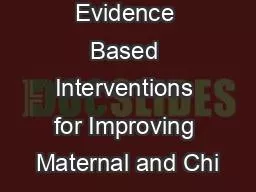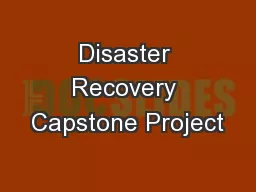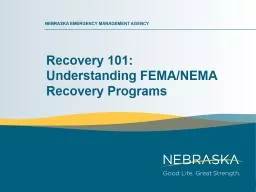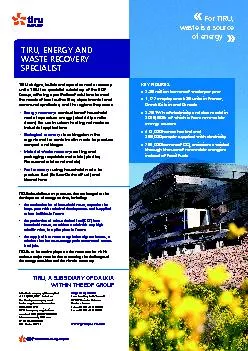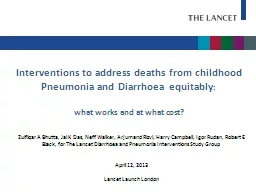PPT-Summary of session 3: Optimise Interventions and Recovery from
Author : SmoochieBoochie | Published Date : 2022-07-28
Collateral Damages on Cold Sectors Prepared by Caroline Fabre amp Pierre Strubin Based on presentations by Vincent Baglin Can we optimise the cleanup process further
Presentation Embed Code
Download Presentation
Download Presentation The PPT/PDF document "Summary of session 3: Optimise Intervent..." is the property of its rightful owner. Permission is granted to download and print the materials on this website for personal, non-commercial use only, and to display it on your personal computer provided you do not modify the materials and that you retain all copyright notices contained in the materials. By downloading content from our website, you accept the terms of this agreement.
Summary of session 3: Optimise Interventions and Recovery from: Transcript
Download Rules Of Document
"Summary of session 3: Optimise Interventions and Recovery from"The content belongs to its owner. You may download and print it for personal use, without modification, and keep all copyright notices. By downloading, you agree to these terms.
Related Documents

